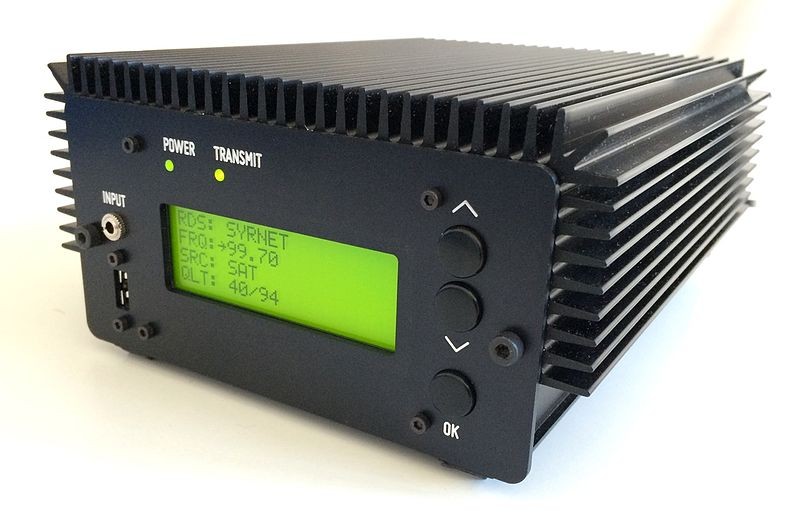We watched a comedic video on “underground network mugs” in one of the classes. Something similar is actually being deployed in Syria, as a means for activists and journalists to keep reporting on what they witness, and overcome censorship and propaganda by the Assad regime and terror groups such as Daesh.

Syrnet is a network of small and portable FM transmitters, used to create low tech and discrete broadcasting stations. The transmitters were designed by the German not-for-profit organization Media in Cooperation and Transition. They are built around a Raspberry PI, and can be run on 12V batteries or solar power.

I find Alexander Galloway’s reflections on networks and power fascinating:
- “Some networks are rigid and hierarchical, while others are flexible and resist hierarchy” (CTMS, p. 282).
The transmitters for Syrnet were intentionally designed to be light and inconspicuous. They are instruments of resistance to the centralized oppression from the regime and Daesh. Interestingly the old analog technology of radio waves provides a medium which is much harder to control than the digital connections on which the internet relies.
- “More than simply an aggregation of parts, they [networks] must hold those parts in constant relation.” (CTMS, p. 283)
Syrnet‘s raison d’être is to disseminate information, both within occupied territories and between these and the rest of the world. So the interconnectivity afforded by the network is articulated at multiple scales, supporting cohesion and solidarity amidst Syrian communities, as well as overcoming their isolation and maintaining a bilateral connection with the rest of the world.
It is tempting then to see Syrnet as a distributed structure which exemplifies the potential for networks to “threaten entrenched, fortified power centers” (CTMS, p. 288). But we know that Daesh is just as media savvy, using sophisticated social media strategies to proselytize and recruit: a darker kind of networked influence. I would imagine though that underlying this strategy is a much more centralized power structure. As Galloway points out, “different network forms might be in conflict with one another” (CTMS, p. 282).
Finally, thinking about the contrast between webs and chains, I am prompted to put the chain in relation with the border, especially for a group such as Daesh which has territorial ambitions. The chain then becomes a linear articulation of control and encirclement, more like Prometheus’ chains, if I was to look for a mythological reference.
Leave me a Comment
You must be logged in to post a comment.